
Observers can learn a few things from the failed effort by IBM and Moller-Maersk to develop TradeLens, a blockchain-enabled global trading platform.
Blockchain projects continue to experience failure rates in excess of 90%, and it seems that with every passing moment, more and more “successful” companies add their underperforming blockchain project to the graveyard. One of the most recent blockchain failure victims was Moller-Maersk, which recently announced the termination of its highly publicized TradeLens offering — a global trade platform built on IBM blockchain technology.
These failures, however, were totally predictable and, in many cases, would be avoidable if companies more closely observed certain lessons in innovation diffusion.
Lesson 1: Innovation is not monolithic. One of the biggest mistakes companies make is to treat innovation as a monolithic concept. Innovation is anything but monolithic. Unfortunately, business associations, business media and business schools love to create an endless parade of innovation lists and innovation awards that reinforce the idea that all innovation is the same.
Clayton Christensen’s New York Times best-selling book, The Innovator’s Dilemma, was one of the first major attempts to distinguish innovation types. His work was helpful in starting the conversation, but a better framework for categorizing innovation comes from Rebecca Henderson and Kim Clark, who identified four types of innovation: incremental, modular, architectural and radical.
Related: From Bernie Madoff to Bankman-Fried, Bitcoin maximalists have been validated
While there are innovations that may fit in the modular and architectural category, blockchain is, at its core, disruptive. Given that disruptive technologies replace existing frameworks, interactions and intermediate institutions, the most successful early applications and innovations will come from smaller/startup firms rather than IBM, Maersk or other Fortune 100 companies.
Lesson 2: Complexity is an innovation killer. This is especially true for modular and radical innovation. Everett Rogers noted the inverse relationship between complexity and the willingness and ability to adopt an innovation. This complexity not only relates to the blockchain application itself but also to internal decision-making processes, the level of change required to adopt and how much new knowledge is needed to implement.

Experts have outlined the difficulty of implementing projects like TradeLens, as “the technology is complex, requires more computing power and is more expensive to run than existing databases.” Adding to the complexity of the IBM–Maersk blockchain shipment project was the highly complex nature of the two large multinational corporations.
In the last round of major technological innovation — namely, the social media space — it was not the established players that built the tools, technology, platforms, etc., that drove early innovation and adoption. It was startups — organizations where decision-making cycles were short, minimal internal change was required to adapt, and new knowledge could be assimilated almost instantaneously.
Given these dynamics, initial successful innovative breakthroughs for blockchain are more likely to be found in simplistic applications developed by much smaller, more entrepreneurial firms that replace or reshape simple processes around how work gets done, products get made, or transactions are facilitated between two parties.
Lesson 3: Different innovation types require different levels of risk tolerance. One of the key differentiators between the four types of innovation is the risk tolerance required to be an effective innovator. The risk-tolerance level for incremental innovation is low, while radical innovation requires a significantly higher risk tolerance.
An important note is that tolerance here is not just looking at the risk or probability that a project might fail. Assessing innovation risk also looks at the likelihood of catastrophic failure for the entire organization — meaning if the adoption or innovation fails, the entire organization risks failing, not just the innovation.
Billy Beane’s application of sabermetrics to the roster construction and management of the Oakland Athletics in the early 2000s is a well-known example of a modular innovation application. This innovation posed a high personal and organizational risk that no other major league team was willing to take.
Related: The Federal Reserve’s pursuit of a ‘reverse wealth effect’ is undermining crypto
Failure for the team would not have been catastrophic (i.e., the team ceasing to be a major league franchise). However, the costs would have been extremely high. Beane would have lost his job (as well as many others). A dissatisfied fan base would have punished the team by staying home and ceasing apparel purchases, leading to a massive drop in revenue. And the team would have become a glorified minor league team.
Blockchain, as a radical innovation, requires an even higher level of risk tolerance for innovation and adoption — a willingness to risk it all. Companies that tinker around the edges (incremental or architectural innovation) with a project, where if innovation fails, they can just walk away, are much more likely to experience blockchain failures in this early stage of innovation.
Blockchain and other decentralized technologies hold great promise for much-needed change away from the current trend toward more concentrated modes of production and power. The ultimate task is to align our time, efforts and resources with the innovation lessons provided here to give this blockchain technological revolution the best shot to succeed.
This article is for general information purposes and is not intended to be and should not be taken as legal or investment advice. The views, thoughts and opinions expressed here are the author’s alone and do not necessarily reflect or represent the views and opinions of Cointelegraph.

You can get bonuses upto $100 FREE BONUS when you:
💰 Install these recommended apps:
💲 SocialGood - 100% Crypto Back on Everyday Shopping
💲 xPortal - The DeFi For The Next Billion
💲 CryptoTab Browser - Lightweight, fast, and ready to mine!
💰 Register on these recommended exchanges:
🟡 Binance🟡 Bitfinex🟡 Bitmart🟡 Bittrex🟡 Bitget
🟡 CoinEx🟡 Crypto.com🟡 Gate.io🟡 Huobi🟡 Kucoin.




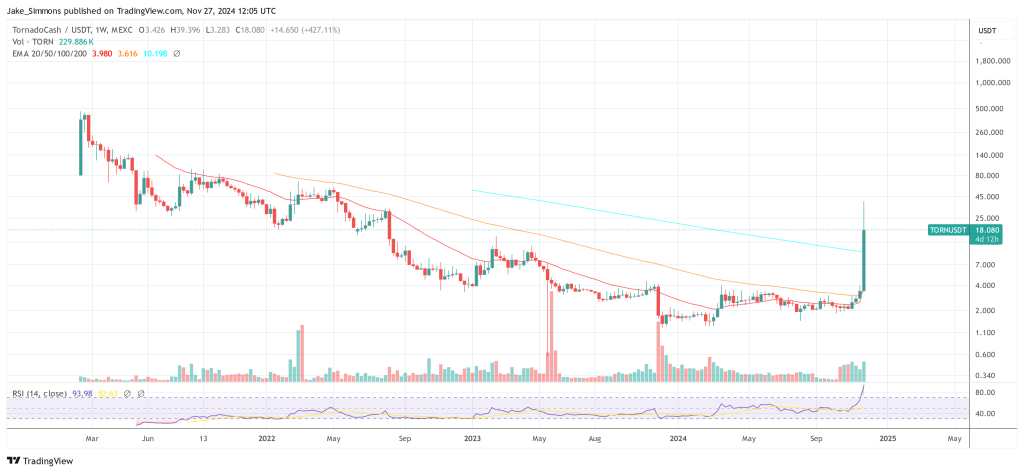

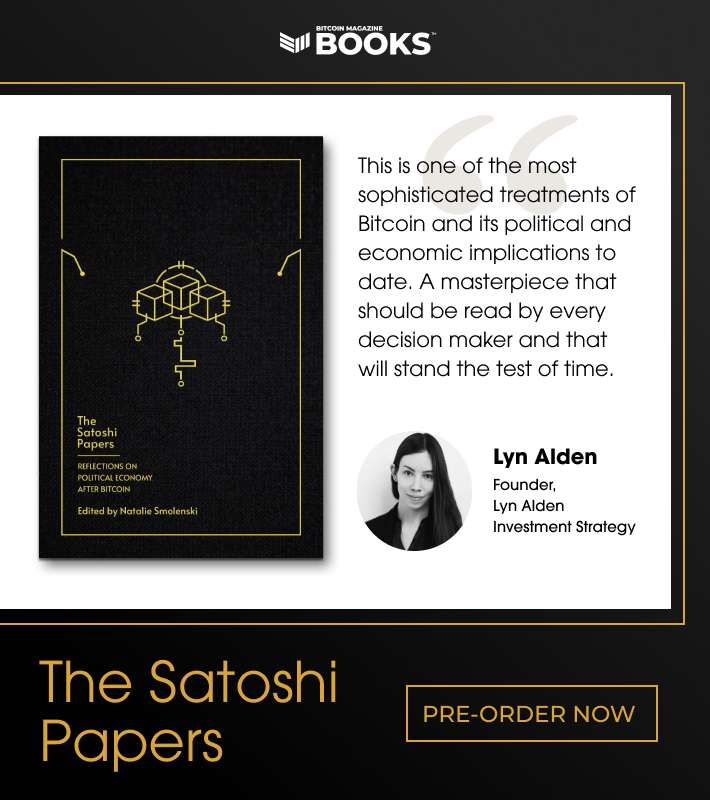



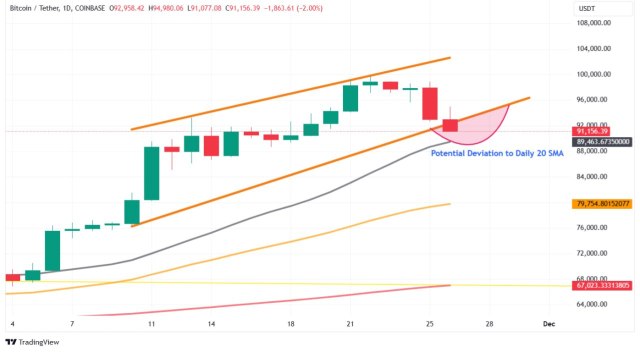
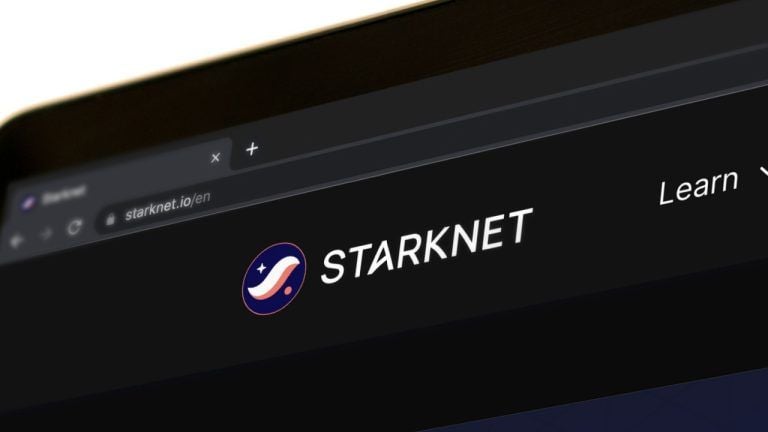




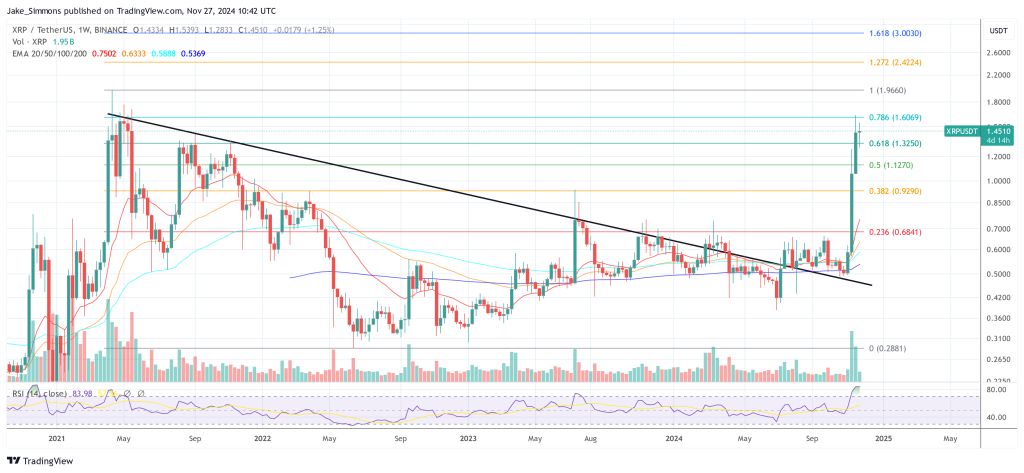



Comments